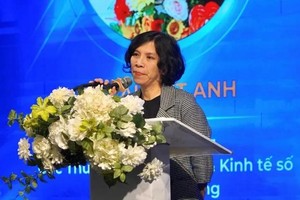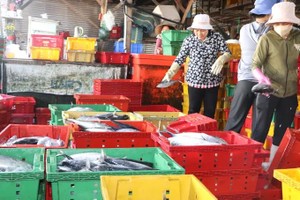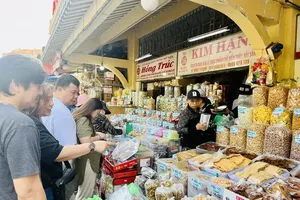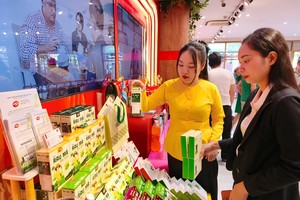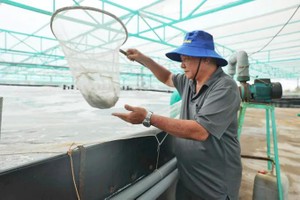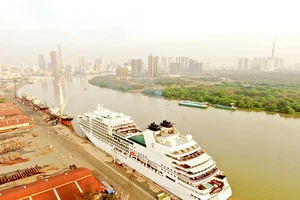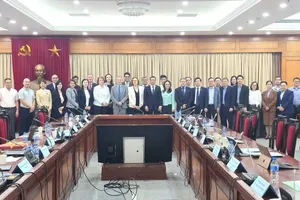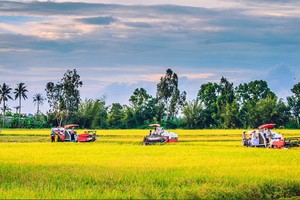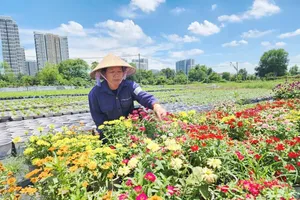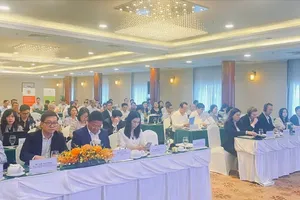 |
Statistics from the General Department of Vietnam Customs reveal that the import turnover of animal feed and the input for animal feed production processes reached US$5.16 billion at the end of November 2022, a rise of 14.6 percent compared to that time in 2021.
It is calculated that the total import turnover of this merchandise could come to $5.6 billion in the whole 2022. If counting those for poultry and aquatic feed (corn and soybean), this figure could become nearly $10 billion.
Standing Vice President Nguyen Xuan Duong of Vietnam Animal Feed Association attributed this continuous rise to the development of the livestock sector in the country, leading to a higher demand on this merchandise, while the domestic production can no longer satisfy this need and the corn growing area is unchanged. It is estimated that Vietnam requires 33 million tonnes of animal feed each year, only 30-35 percent of which is manufactured domestically.
In addition, certain animal feed types cannot be produced in Vietnam like soya bean meal, palm kernel expeller, fish meal, meat and bone meal, as well as vitamin supplement.
Deputy Director of the Department of Livestock Production Tong Xuan Chinh stated that out of the 269 registered animal feed producers, only 90 are FDI businesses with modern production lines and large capacity. Others are of small scale with outdated technologies and unstable product quality.
More remarkably, these FDI enterprises are occupying 60-70 percent of the market shares, yet they merely focus on the manufacturing and trading stages but not the development of material growing surface area. This means a dependence on imported materials.
To obtain a more sustainable and less risky agriculture that is not too affected by continuously increasing costs and supply chain disturbance, Director of the Department of Livestock Production Duong Tat Thang proposed a rise in the area to grow animal feed materials (corn and cassava) in low-yield rice fields.
He further informed that the Agriculture and Rural Development Ministry has directed his organization to work with large corporations in the field to launch models of animal feed material planting in the Central and Highlands provinces, whose natural conditions are ideal for the growth of such plants.
Lately, De Heus Group of Holland has examined possible sites for corn and cassava growing in the three provinces Dak Lak, Gia Lai, and Kon Tum. Mavin Group is also launching a large-scale livestock project in the provinces of Lai Chau, Son La, Nghe An, Gia Lai, and Kon Tum. It chooses a closed procedure from animal feed material growing to cattle raising, slaughtering and processing in order to reduce dependance on imported input.
Croplife Vietnam organization suggested that Vietnam should develop the area for corn and soya bean since these two are the main ingredients in animal feed. Biotechnology could be used to develop genetically modified (GM) variants that have a higher yield.
Sadly, the 942,000-hectare corn growing area for animal feed is on the wane because it is so hard to compete against imports from the US, Brazil, Israel. Also, even though it is legal now to cultivate GM corn and the surface area for this crop has reached 180,000ha, in the last 5 years, permit issuance for newly developed GM corn variants in Vietnam is slow and inconsistent, severely affecting the introduction of research results into the real life.
